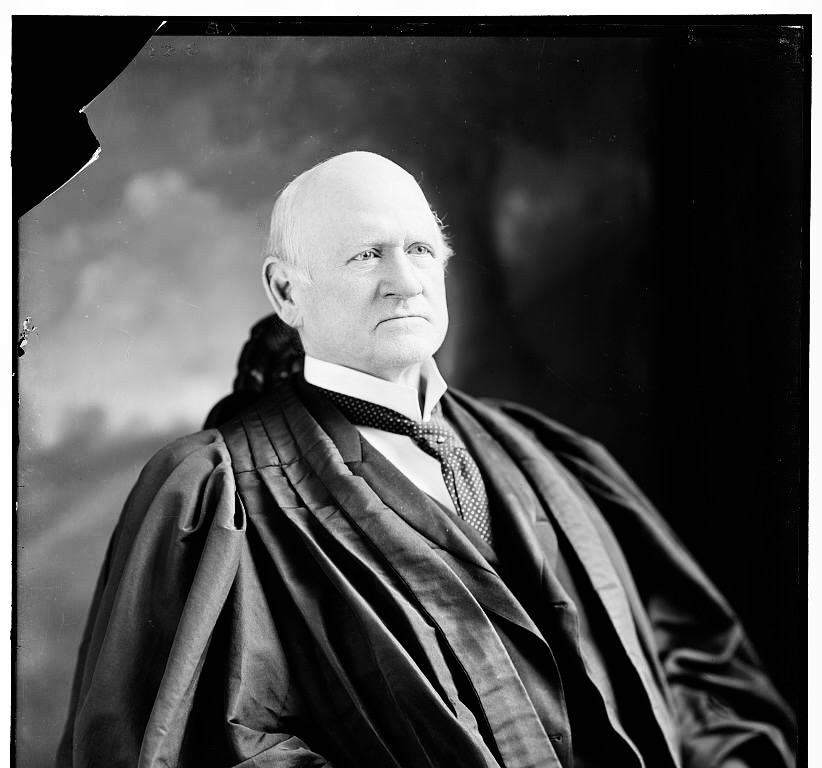Our Constitution Is Color Blind
Our constitution is color blind. Our Constitution is color-blind and neither knows nor tolerates classes among citizens. Nation and changed our Constitution. Harlan held that our Constitution is color-blind that in this country there is no superior dominant ruling class of citizens and that it is wrong to allow the states to regulate the enjoyment of citizens civil rights solely on the basis of race.
Our constitution is color-blind and neither knows nor tolerates classes among citizens. The fundamental principle of justice as fairness is color blind so long as color-blindness is understood as an ideal not as an inflexible constraint on law and policy. Justice John Marshall Harlan2 The ideal embodied in Justice Harlans words has been the battle cry of abolitionists and civil rights advocates for more than a century.
Ferguson the 1896 Supreme Court decision that made separate but equal the law of the land Justice John Marshall Harlan defiantly insisted that our Constitution is color-blind NAACP lawyers understandably embraced that construct as a shield from segregation half a century later in Brown v. Writing in 1896 Justice John Marshall Harlan observed. There is no caste here.
Constitutional colorblindness holds that skin color or race is virtually never a legitimate ground for legal or political. This article examines the ideological content of the metaphor Our Con-stitution is color-blind and argues that the United States Supreme Courts use of color-blind constitutionalism-a collection of legal themes function-ing as a racial ideology-fosters white racial domination. Soundbites Video Clips and other Tidbits.
In respect of civil rights all citizens are equal before the law. Our Constitution is color-blind and neither knows nor tolerates classes among its citizens. As new cases are taken up in the courts justices will have a choice.
Click to see full answer. In respect of civil rights all citizens are equal before the. The humblest is the peer of the most powerful.
Similar to the views of the other justices who ruled against Homer Plessy. In view of the constitution in the eye of the law there is in this country no superior dominant ruling class of citizens.
Constitutional colorblindness is an aspect of United States Supreme Court case evaluation that began with Justice Harlans dissent in Plessy v.
It is crucial that we adopt a race-conscious jurisprudence that reckons with our history and present-day realitiesone that not only acknowledges the state-sanctioned violence perpetrated against people of color but that allows for democratic processes to effectively remedy these injustices. Our Constitution in color-blind and neither knows nor tolerates classes among citizens. Nation and changed our Constitution. As new cases are taken up in the courts justices will have a choice. Constitutional colorblindness holds that skin color or race is virtually never a legitimate ground for legal or political. Board of Education decision. But the Constitution is color conscious to prevent discrimination being perpetuated and to undo the effects of past discrimination. There is no caste here. In respect of civil rights all citizens are equal before the law.
Constitutional colorblindness is an aspect of United States Supreme Court case evaluation that began with Justice Harlans dissent in Plessy v. In respect of civil rights all citizens are equal before the. Our Constitution is color-blind and neither knows nor tolerates classes among citizens The views Harlan expressed in this quotation were later adopted by the Supreme Court in the Brown v. The humblest is the peer of the most powerful. This article examines the ideological content of the metaphor Our Con-stitution is color-blind and argues that the United States Supreme Courts use of color-blind constitutionalism-a collection of legal themes function-ing as a racial ideology-fosters white racial domination. As new cases are taken up in the courts justices will have a choice. Click to see full answer.








































Post a Comment for "Our Constitution Is Color Blind"